- Home
- Japan Private Tours
- Okinawa Private Tours
Discover the Best of Okinawa Travel: Top Things to Do, Places to Visit & Your Ideal Itinerary
Looking for a tropical escape in Japan that’s rich in culture, natural beauty, and unique island vibes? Welcome to Okinawa — a stunning archipelago where emerald waters, ancient castles, and vibrant traditions come together in perfect harmony. Whether you're dreaming of relaxing on white-sand beaches, exploring World War II history, or diving into local island cuisine, Okinawa travel offers something for every kind of adventurer.
In this guide, we’ll show you the top things to do in Okinawa, must-visit places across the islands, and how to build the perfect Okinawa itinerary, whether you're staying for 3 days or a full week. Get ready to experience Japan like never before — island style.
Private Tours & Sightseeing Okinawa
Discover Okinawa Your Way: Private Tours & Personalized Sightseeing Experiences
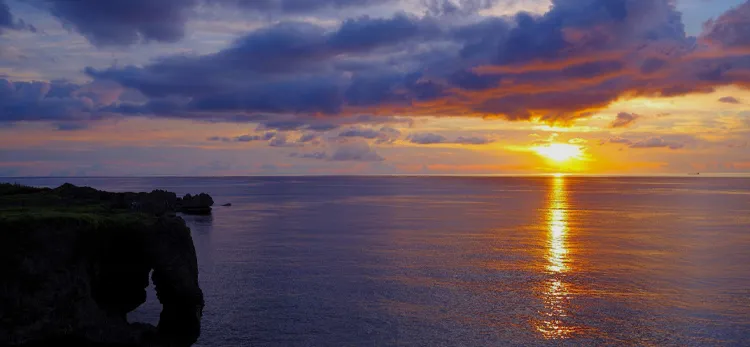
Okinawa Private Tour (9 hours)
Shuri Castle, Cape Manza, Churaumi Aquarium
Why Visit Okinawa?
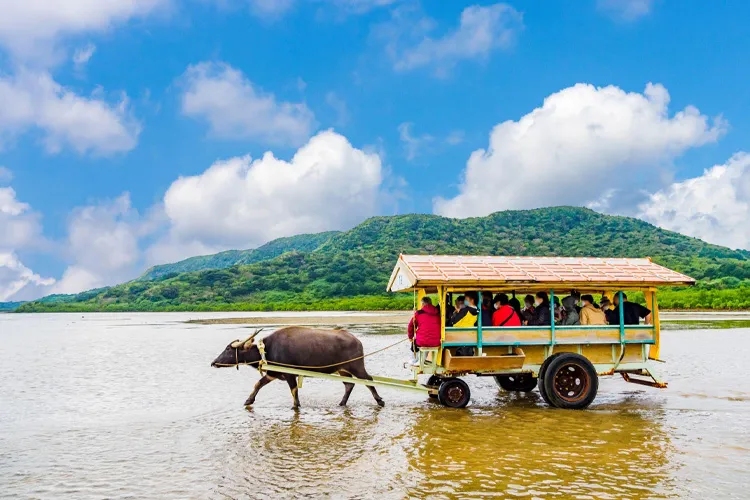
Welcome to Okinawa, Japan's southernmost prefecture, a chain of subtropical islands boasting emerald waters, pristine white-sand beaches, and a unique culture deeply rooted in its Ryukyu Kingdom heritage. Imagine diving into vibrant coral reefs teeming with marine life, unwinding on secluded beaches, exploring historical sites with a distinctly different flair from mainland Japan, and savoring delicious, healthy local cuisine. This isn't just a trip; it's an immersive escape into a laid-back island paradise where ancient traditions meet breathtaking natural beauty.
- Tropical Paradise: Dive into some of Japan's most beautiful beaches and crystal-clear waters, perfect for snorkeling, diving, and relaxation.
- Unique Ryukyu Culture: Explore a distinct history, language, cuisine, and arts influenced by centuries of trade with China and Southeast Asia.
- World-Class Marine Life: Discover diverse coral reefs and a rich underwater ecosystem, making it a diver's and snorkeler's dream.
- Island Hopping Adventures: Beyond the main island, explore remote, idyllic islands with unique charms and pristine nature.
Quick Guide to Okinawa
Ready to plan your idyllic Okinawan escape? Here's what you need to know to get started.
Location & Access
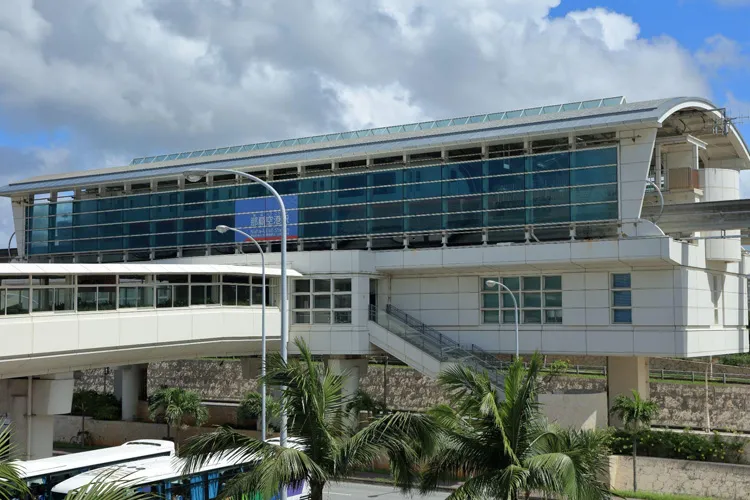
Okinawa Prefecture is a scattered archipelago located in the East China Sea, far south of Japan's main islands, and much closer to Taiwan.
- From Mainland Japan (Tokyo/Osaka/Fukuoka):
- By Flight: The most practical way. Direct flights operate frequently from major Japanese cities to Naha Airport (OKA) on Okinawa Main Island (e.g., Tokyo: approx. 2.5-3 hours; Osaka: approx. 2 hours; Fukuoka: approx. 1.5 hours). (Not covered by Japan Rail Pass)
- To Outer Islands (e.g., Ishigaki, Iriomote):
- By Flight: Direct flights from Naha to Ishigaki Airport (ISG) (approx. 1 hour). Some direct flights to Ishigaki from Tokyo/Osaka are also available. Flights are the primary way to reach distant islands like Ishigaki and Miyako.
- By Ferry: Slower and less frequent, but available for some shorter distances between islands or for taking vehicles.
- Within Okinawa Main Island:
- Okinawa Urban Monorail (Yui Rail): Connects Naha Airport to Shuri Castle, covering central Naha.
- Rental Car: Highly recommended for exploring Okinawa Main Island as public transportation outside Naha is limited. Book in advance, especially during peak season.
- Buses: Available but can be less convenient than a car for sightseeing.
Climate & Seasons
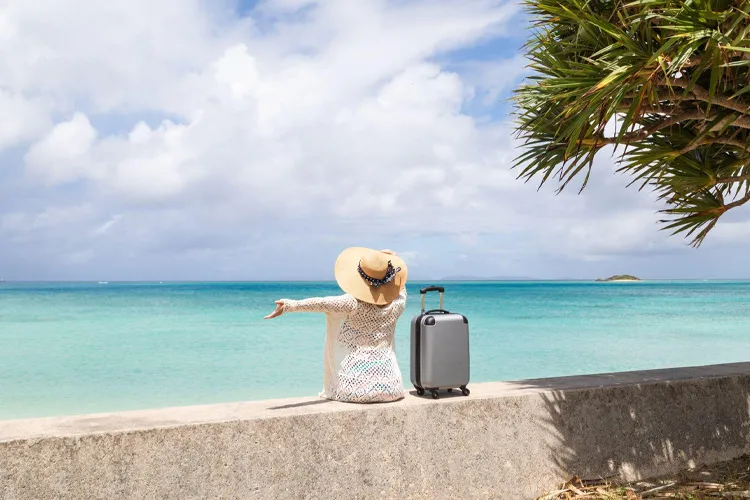
Okinawa has a subtropical climate, distinct from mainland Japan, offering warm weather year-round.
- Spring (March - May): Warm and pleasant (average 20-25°C/68-77°F). Early cherry blossoms (January-February) precede mainland Japan's. Ideal for comfortable sightseeing and beach activities before the summer heat. Light clothing recommended.
- Summer (June - August): Hot and humid (average 28-32°C/82-90°F), perfect for swimming, snorkeling, and diving. Expect occasional tropical downpours. Typhoon season runs from July to September, with peak activity in August. Light, breathable clothing and sun protection are essential.
- Autumn (September - November): Warm and comfortable (average 25-29°C/77-84°F). Still great for marine activities, with fewer crowds than summer. Typhoon risk decreases towards November. Light clothing is still suitable.
- Winter (December - February): Mild (average 17-22°C/63-72°F), feeling like a cool spring day for visitors from colder climates. Swimming is still possible for many. Great for sightseeing without the heat. A light jacket is recommended.
When is the best time to visit? Late Spring (April-May) and Autumn (October-November) offer the best balance of warm weather, calm seas, and fewer typhoon risks. Summer is ideal for marine activities, but be mindful of typhoons. Winter is excellent for avoiding crowds and enjoying mild temperatures.
Explore Okinawa's Diverse Regions & Islands
Okinawa offers a fantastic mix of cultural sites, natural wonders, and distinct island experiences.
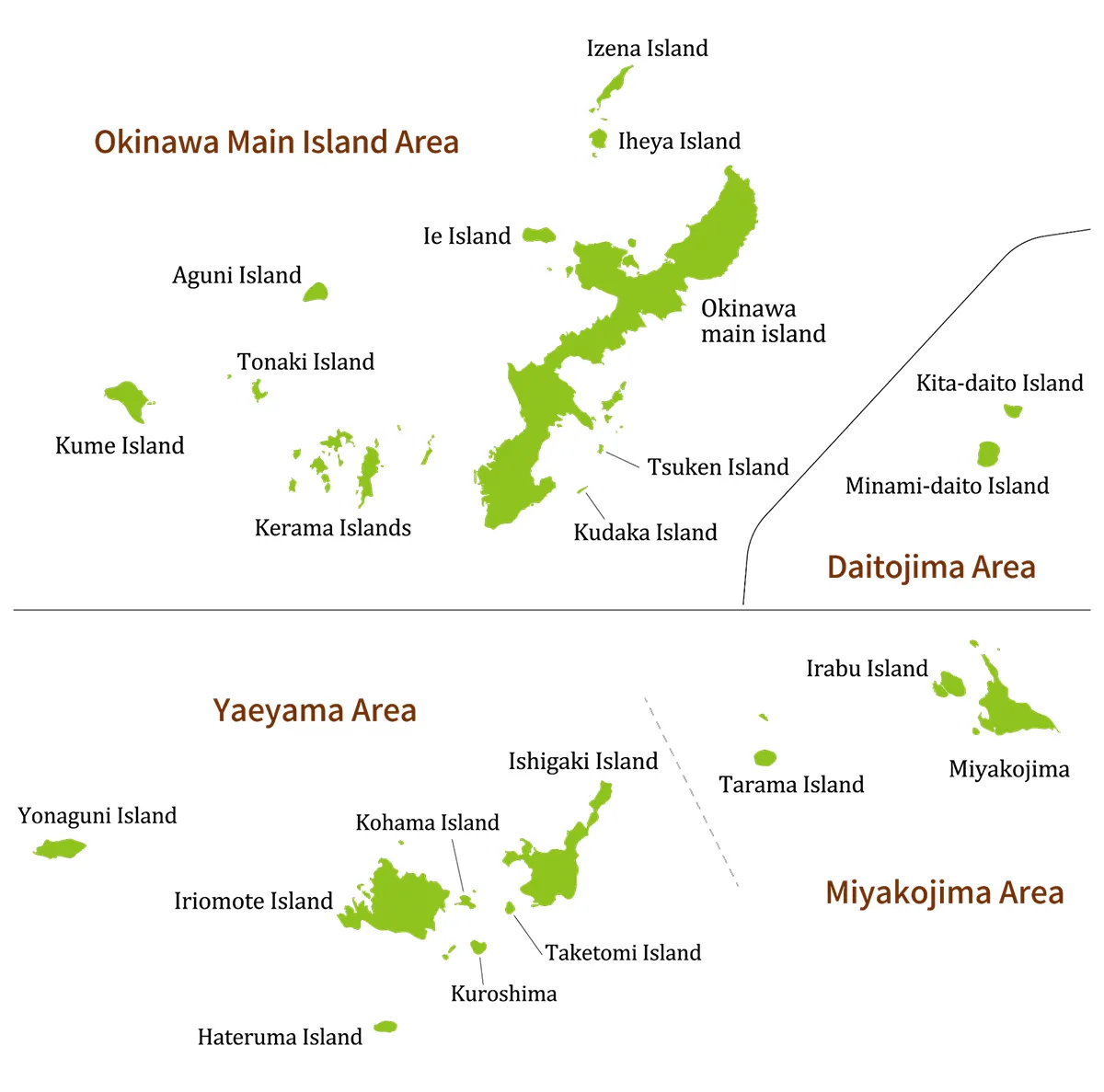
Okinawa Main Island
The largest and most populous island, a hub for culture, history, and natural beauty.
- Naha City:The capital and main gateway.
- Shuri Castle: A UNESCO World Heritage Site and a symbol of the former Ryukyu Kingdom, showcasing unique Ryukyuan architecture (currently undergoing reconstruction after a fire, but the site and some buildings are accessible).
- Kokusai Dori - International Street: Naha's bustling main street, packed with shops, restaurants, souvenir stores, and entertainment.
- Makishi Public Market: A vibrant covered market offering fresh seafood, local produce, and small eateries.
- Central & Northern Okinawa Main Island:
- Okinawa Churaumi Aquarium: One of the world's largest aquariums, famous for its enormous "Kuroshio Sea" tank with whale sharks and manta rays. A must-see.
- Cape Manza: A scenic cliff known for its elephant trunk-shaped rock formation, offering dramatic ocean views.
- Ryukyu Mura: A cultural theme park where you can experience traditional Okinawan architecture, crafts, and performances.
- Okinawa World: Features the Gyokusendo Cave (a stunning limestone cave), a traditional Ryukyu village, and the Habu Park (snake museum).
- American Village: A large entertainment and shopping complex with an American theme, reflecting Okinawa's post-war history.
- Peace Memorial Park & Himeyuri Peace Museum: Poignant sites dedicated to the Battle of Okinawa during WWII, offering a solemn reflection on history.
- Charm:A perfect blend of historical exploration, urban vibrancy, family-friendly attractions, and beautiful coastline.
Yaeyama Islands - Ishigaki, Iriomote, Taketomi, Kohama, etc.
South of the main island, closer to Taiwan, offering a more remote and pristine experience.
- Ishigaki Island:The hub of the Yaeyama Islands, famous for its stunning beaches and excellent diving/snorkeling.
- Kabira Bay: Renowned for its emerald-green waters and white sands. Glass-bottom boat tours are popular as swimming is generally restricted.
- Yonehara Beach: Popular for snorkeling with abundant coral and tropical fish.
- Tamatorizaki Observation Deck: Offers panoramic views of Ishigaki's beautiful coastline.
- Iriomote Island:Okinawa's second-largest island, mostly covered by dense jungle and mangrove forests, home to the endangered Iriomote Wild Cat.
- Jungle River Cruises: Explore the Urauchi River or Nakamagawa River by boat, deep into the mangroves.
- Kayaking & Trekking: Popular activities to immerse yourself in the untouched nature.
- Pinaisara Falls: The largest waterfall in Okinawa, accessible via a combination of kayaking and jungle trekking.
- Taketomi Island:A small, charming island just a short ferry ride from Ishigaki. Famous for its well-preserved traditional Ryukyuan village, white sandy roads, and water buffalo cart tours.
- Kerama Islands - Tokashiki, Zamami, Akajima, etc.:Located west of Okinawa Main Island, a designated national park renowned for their exceptionally clear "Kerama Blue" waters, considered some of the best diving and snorkeling spots in the world.
- Charm:Unspoiled natural beauty, incredible marine life, thrilling outdoor adventures, and a tranquil island pace of life.
Find Your Perfect Okinawa Trip
Okinawa offers endless possibilities to suit every interest.
For Beach & Marine Lovers
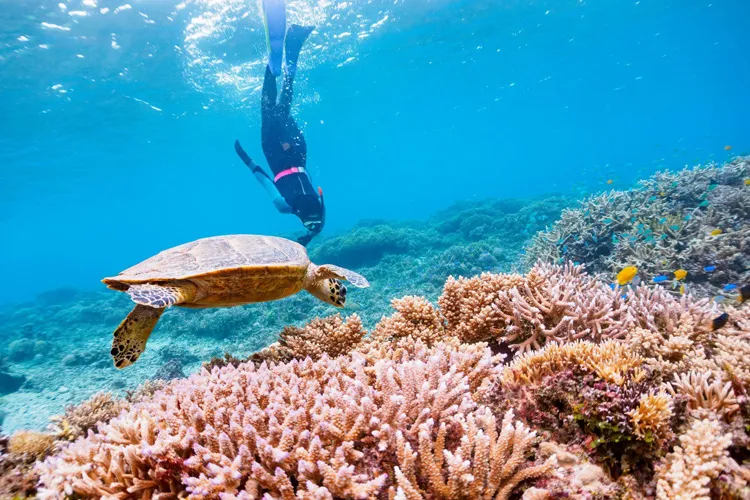
Okinawa is a paradise for ocean enthusiasts:
- Snorkeling & Diving: Explore vibrant coral reefs and abundant marine life in the Kerama Islands (renowned for "Kerama Blue" waters), Ishigaki, and Miyako. See colorful fish, sea turtles, and even manta rays (seasonal).
- Relaxing on Beaches: Bask on the white sands of Emerald Beach (near Churaumi Aquarium), Kondoi Beach (Taketomi Island), or Nishihama Beach (Hateruma Island).
- Glass-Bottom Boat Tours: Experience the underwater world without getting wet, especially popular at Kabira Bay (Ishigaki).
- Kayaking & SUP: Paddle through serene mangrove forests on Iriomote Island or along the calm coastal waters.
- Whale Watching: (Winter/Spring) Spot humpback whales off the coast of Okinawa Main Island or the Kerama Islands.
For Culture & History Buffs
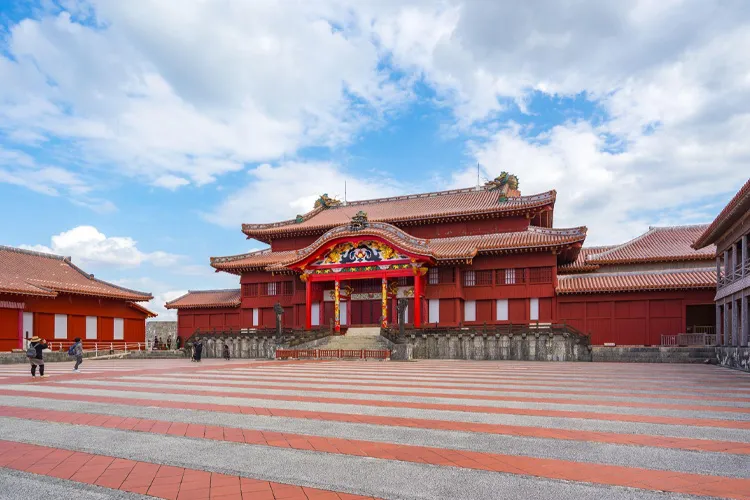
Discover Okinawa's unique Ryukyu Kingdom heritage and modern history:
- Shuri Castle: Immerse yourself in the grandeur of the Ryukyu Kingdom.
- Ryukyu Mura & Okinawa World: Experience traditional Okinawan village life, arts, and performances.
- Peace Memorial Park & Museum: Reflect on the profound impact of WWII's Battle of Okinawa.
- Traditional Arts & Crafts: Learn about local crafts like Ryukyu Glass, Bingata dyeing, and sanshin (Okinawan string instrument) making.
- Local Festivals: Experience vibrant local festivals, particularly the Eisa dance performances during Obon season.
For Nature & Adventure Seekers
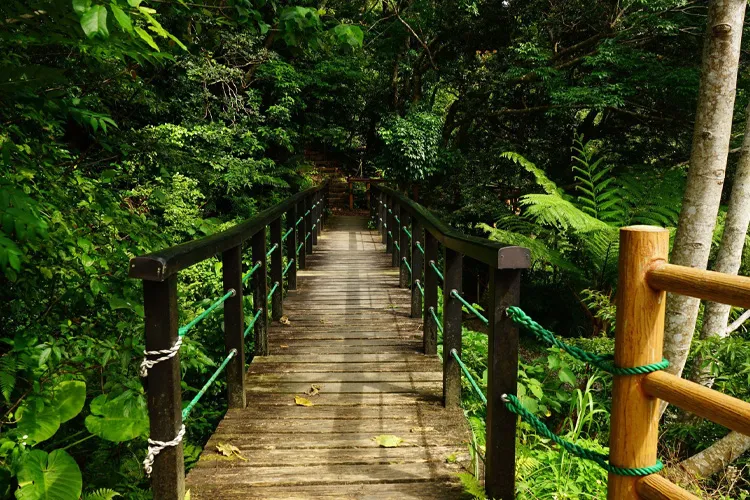
Explore Okinawa's diverse natural landscapes:
- Iriomote Island: Trek through untouched jungles to waterfalls, kayak through mangrove forests, and spot unique wildlife.
- Yanbaru National Park (Okinawa Main Island): Discover lush forests, rare endemic species, and hidden waterfalls in the northern part of the island.
- Gyokusendo Cave (Okinawa World): Marvel at the stunning stalactites and stalagmites in one of Japan's largest limestone caves.
- Miyakojima: Explore impressive limestone cliffs, natural bridges (like Higashi-Henna-zaki Cape), and vibrant coral formations.
For Food Lovers
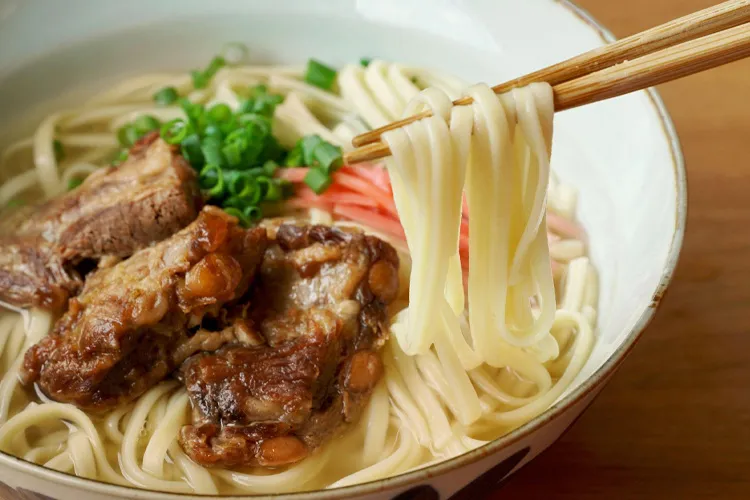
Savor Okinawa's healthy and distinct cuisine, blending Japanese, Chinese, and Southeast Asian influences:
- Goya Champuru: A classic stir-fry dish with bitter melon, tofu, egg, and pork or Spam.
- Okinawa Soba: Wheat noodles in a pork-based broth, often topped with stewed pork belly (rafute) and fish cake.
- Taco Rice: A popular local dish inspired by American military presence – taco meat and toppings served over rice.
- Rafute: Slow-braised pork belly, melt-in-your-mouth tender.
- Umibudo: A type of edible seaweed with a unique popping texture.
- Fresh Seafood: Enjoy abundant fresh fish and shellfish, often prepared as sashimi or grilled.
- Awamori: Okinawa's traditional distilled alcoholic beverage, often stronger than sake.
- Sata Andagi: Okinawan doughnuts, a sweet and popular snack.
Sample Itineraries
Need some inspiration? Here are a few suggested itineraries to help you plan your perfect Okinawa adventure.
Example 1: Okinawa Main Island Highlights
Ideal for first-timers, covering culture, history, and major attractions.
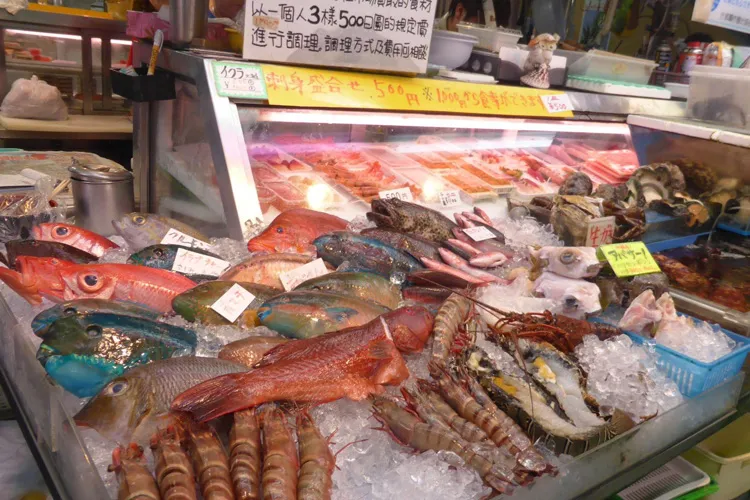
- Day 1 (Naha City): Arrive at Naha Airport. Check into hotel. Explore Kokusai Dori for shopping and dinner. Evening: Enjoy an Okinawan traditional dinner. Overnight in Naha.
- Day 2(Naha & Southern Okinawa): Morning: Visit Shuri Castle (explore the reconstruction and surrounding park). Afternoon: Take the Yui Rail or taxi to Okinawa Peace Memorial Park & Museum for reflection. Evening: Explore Makishi Public Market for dinner. Overnight in Naha.
- Day 3(Central Okinawa): Rent a car. Drive north to Okinawa World (Gyokusendo Cave, Traditional Village). Afternoon: Visit Ryukyu Mura for cultural experiences. Evening: Enjoy dinner around American Village. Overnight in Central Okinawa (e.g., Chatan, Onna).
- Day 4 (Northern Okinawa): Morning: Drive to Okinawa Churaumi Aquarium. Explore the aquarium and nearby Emerald Beach. Afternoon: Visit Cape Manza for scenic views. Evening: Relax at your hotel. Overnight in Central/Northern Okinawa.
- Day 5: Enjoy a final Okinawan breakfast. Drive back to Naha Airport, return car, and depart.
Example 2: Yaeyama Islands & Marine Fun
Focus: Pristine beaches, snorkeling/diving, and remote island charm.

- Day 1 (Ishigaki Island): Arrive at Ishigaki Airport (direct flight from Naha or mainland). Check into hotel. Afternoon: Relax at a beach or visit Tamatorizaki Observation Deck. Evening: Explore Ishigaki City for dinner (try Ishigaki Beef or local seafood). Overnight in Ishigaki.
- Day 2 (Ishigaki Beaches & Marine): Morning: Head to Kabira Bay for glass-bottom boat tour. Afternoon: Snorkel or relax at Yonehara Beach or a private beach resort. Evening: Enjoy a quiet dinner on the island. Overnight in Ishigaki.
- Day 3 (Iriomote Island Adventure): Morning: Take an early ferry to Iriomote Island. Join a jungle tour (e.g., Urauchi River cruise, kayaking to Pinaisara Falls). Immerse yourself in nature. Overnight on Iriomote (limited options) or return to Ishigaki.
- Day 4 (Taketomi Island Charm): Morning: Take a short ferry from Ishigaki to Taketomi Island. Explore the traditional village by water buffalo cart or bicycle. Relax on Kondoi Beach. Afternoon: Return to Ishigaki. Evening: Enjoy souvenir shopping and dinner in Ishigaki City. Overnight in Ishigaki.
- Day 5: Enjoy a final island breakfast. Depart from Ishigaki Airport.
Example 3: Okinawa Grand Adventure
Combines Main Island highlights with outer island exploration.
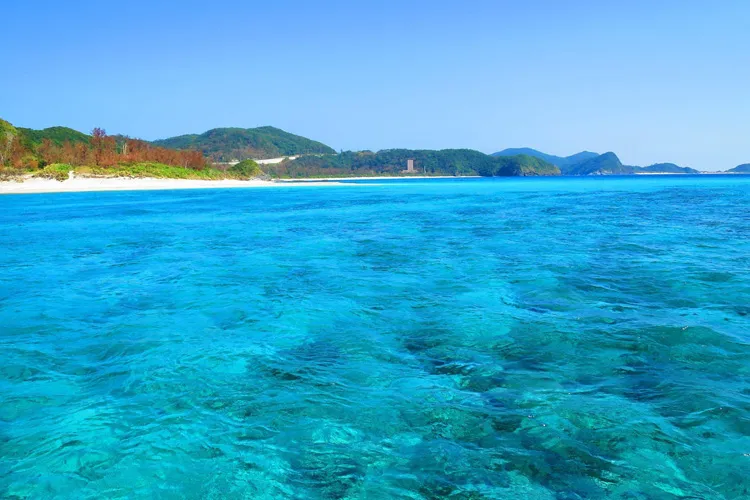
- Day 1-3: Follow "Okinawa Main Island Highlights" for Day 1-3 (Naha, Southern, Central Okinawa). Overnight in Central/Northern Okinawa.
- Day 4 (Northern Okinawa & Flight to Ishigaki): Morning: Visit Okinawa Churaumi Aquarium and Cape Manza. Afternoon: Drive back to Naha Airport, return rental car, and take a flight to Ishigaki Island. Check into a hotel. Evening: Explore Ishigaki City. Overnight in Ishigaki.
- Day 5 (Ishigaki & Marine): Morning: Explore Kabira Bay (glass-bottom boat) and Yonehara Beach (snorkeling). Afternoon: Choose a diving/snorkeling tour or relax on the beach. Overnight in Ishigaki.
- Day 6 (Iriomote & Taketomi): Morning: Day trip to Iriomote Island for a jungle river cruise and short trek. Afternoon: Return to Ishigaki, then a quick ferry to Taketomi Island for a water buffalo ride. Return to Ishigaki. Overnight in Ishigaki.
- Day 7 (Kerama Islands Day Trip - Option): Fly back to Naha in the morning, or take an early ferry for a day trip to the Kerama Islands (Zamami or Tokashiki) for world-class snorkeling/diving (return to Naha in evening). Overnight in Naha.
- Day 8: Enjoy a final Okinawan breakfast. Depart from Naha Airport.
Essential Travel Tips
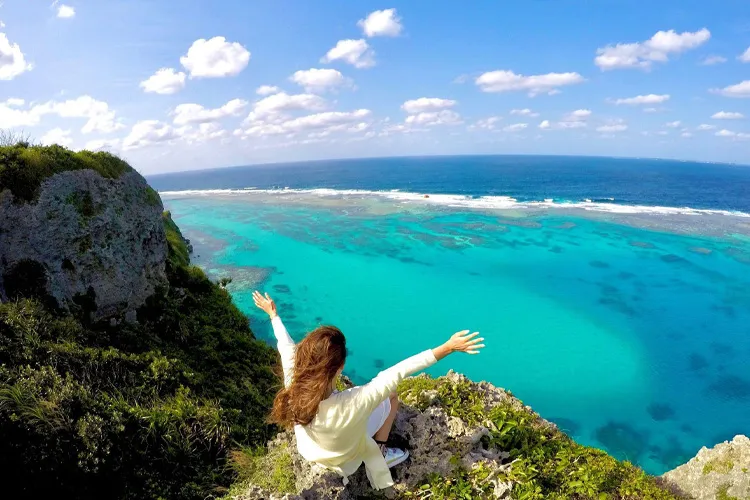
Make your trip to Okinawa smooth and enjoyable with these practical tips.
Transportation
- Okinawa Main Island: A rental car is highly recommended for exploring outside Naha. Book well in advance, especially during peak season. International Driving Permit is essential.
- Outer Islands: Inter-island travel is primarily by flight (for distant islands like Ishigaki) or ferry (for closer islands or within island groups).
- Naha City: The Yui Rail monorail is convenient for central Naha attractions and airport access.
- Buses: Available but can be slow and less frequent, particularly in rural areas.
Accommodation
Okinawa offers a wide range of accommodation:
- Resort Hotels: Abundant, especially along the beautiful coastlines of Okinawa Main Island (Onna, Yomitan) and Ishigaki, offering pools, beach access, and marine activities.
- City Hotels: In Naha and Ishigaki City, providing convenient access to urban attractions.
- Minshuku/Guesthouses: Traditional or simpler lodgings, often family-run, offering a local experience.
- Ryokan: Less common than in mainland Japan, but some exist.
Connectivity
- Free Wi-Fi: Available at Naha Airport, major hotels, and some public areas/cafes.
- SIM Cards & Pocket Wi-Fi: Recommended for consistent internet access, especially important for navigation with a rental car or exploring remote islands.
Other Useful Information
- Sun Protection: Essential year-round. Bring sunscreen (reef-safe if possible), hats, sunglasses, and rash guards for swimming.
- Typhoon Season: If traveling during summer/early autumn, be aware of typhoon risks. Monitor weather forecasts and have flexible travel plans.
- Respect Local Culture: Okinawan culture (Ryukyu culture) is distinct from mainland Japan. Be respectful of local customs, especially at historical sites and temples.
- Insect Repellent: Useful, especially when exploring jungles or natural areas on islands like Iriomote.
- "Island Time": The pace of life can be more relaxed than mainland Japan; embrace it!
Okinawa Travel FAQ
- When is the best time to visit Okinawa?
- The best time to visit Okinawa is during spring (late March to May) and autumn (October to November).
These seasons offer comfortable weather with lower humidity, making it ideal for sightseeing and marine activities.
Just keep in mind that Golden Week (late April to early May) can be crowded and prices may spike. - Is Okinawa warm all year round?
- Okinawa has one of the warmest climates in Japan, with daytime temperatures around 15–20°C (59–68°F) even in winter.
However, from December to February, the weather can be windy and cloudy, so it’s not as suitable for beach activities compared to other seasons. - Is public transportation easy to use in Okinawa?
- In Naha City, monorail (Yui Rail) and buses are available, but English signage can be limited and buses run less frequently than in cities like Tokyo.
Renting a car is the most common and convenient option, especially if you plan to explore the main island’s popular attractions.
- However, if you wish to drive in Okinawa, you must have either an International Driving Permit (IDP) or your original driver’s license along with an official Japanese translation.
If you’re unsure about driving in Japan, using our taxis or hiring a private driver service is a stress-free alternative.
- However, if you wish to drive in Okinawa, you must have either an International Driving Permit (IDP) or your original driver’s license along with an official Japanese translation.
- Can you swim in Okinawa all year?
- The official swimming season in Okinawa is typically from April to October, when most beaches are open with lifeguards on duty.
While it’s possible to swim outside this period, water temperatures drop and jellyfish risks increase, so swimming is generally not recommended from November to March. - Is Okinawa culturally different from the rest of Japan?
- Yes, Okinawa has a distinct culture and history compared to mainland Japan.
Once an independent kingdom known as the Ryukyu Kingdom, Okinawa has preserved unique languages, music, architecture, and customs.
It also has a noticeable American influence from the post-WWII occupation, giving the islands a unique blend of cultures. - What are must-try Okinawan foods?
- Okinawa is home to many delicious and distinctive local dishes. Don’t miss these:
- Okinawa Soba – A noodle dish with pork broth, different from both ramen and traditional soba.
- Rafute – Braised pork belly simmered in awamori (Okinawan liquor) and brown sugar.
- Umibudo (Sea Grapes) – A seaweed with a unique popping texture, served with a citrusy soy sauce.
- Goya Champuru – A stir-fry featuring bitter melon, tofu, pork, and eggs – healthy and flavorful.
- Blue Seal Ice Cream – A colorful ice cream brand with American roots and Okinawan flavors.

